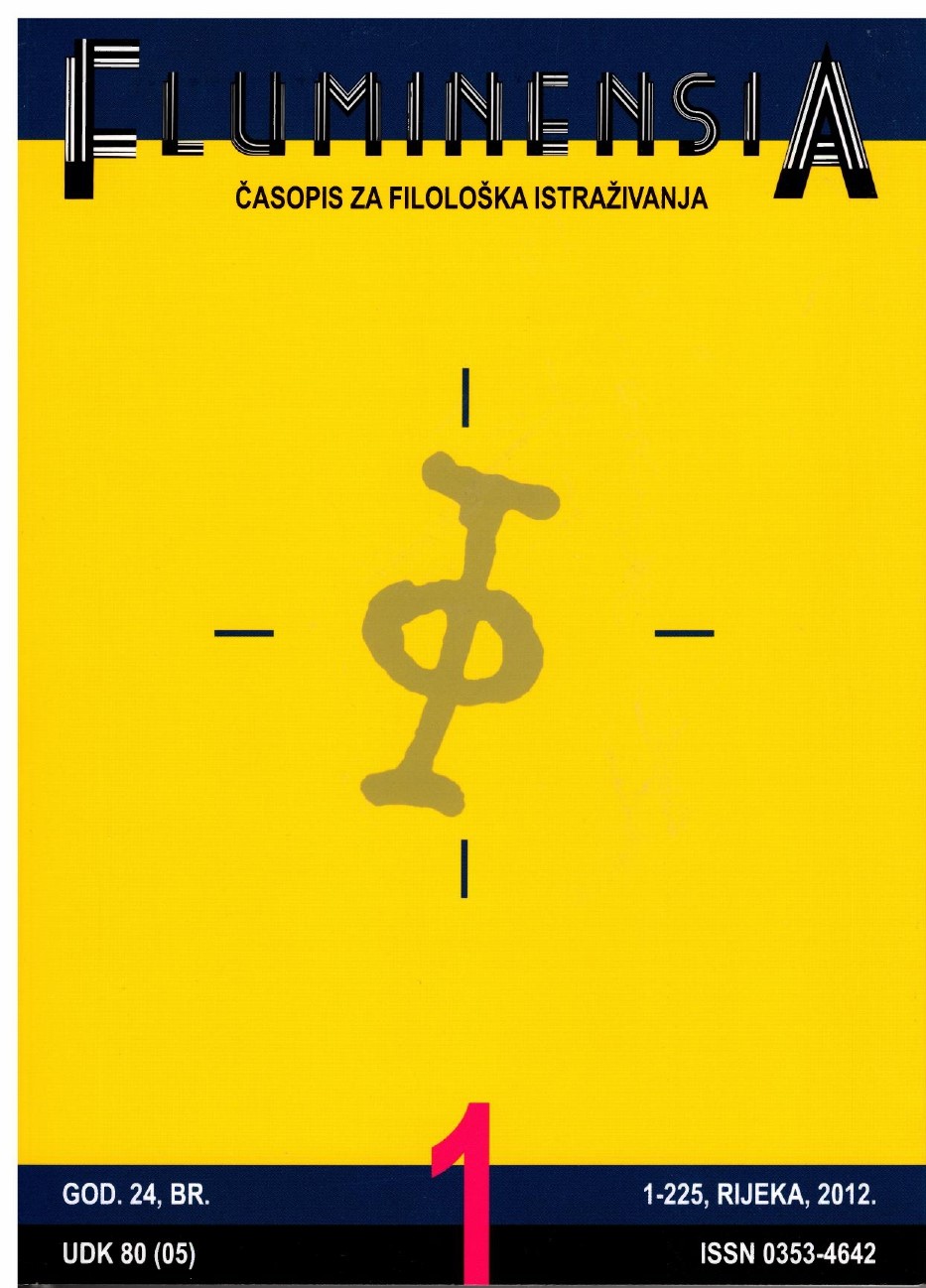ŠIMUN KOŽIČIĆ: AN IMPORTANT FACTOR OF THE CROATIAN (RIJEKA’S) IDENTITIY AND THE CULTURAL AND TOURIST BRAND OF THE TOWN RIJEKA
Keywords:
Šimun Kožičić Benja, Rijeka, brand, Croatian (Rijeka) identity, cultureAbstract
Šimun Kožičić, Simeone Begna (Zadar, around 1460 – 1536), a noblemen from Zadar, the Bishop of Modruš, a distinguished royal diplomat, a Latinist author, a distinguished speaker and a distinguished member of the Lateran Council, a refugee and the first known Rijeka’s printer, publisher, translator and editor of Glagolitic editions, printed with the help of master printers from Brescia (Italy) six books in the Old Church Slavonic and the Croatian (Čakavian) language, in Glagolitic script, in Rijeka in the period between 1530 and 1531. With this Kožičić made Rijeka the cultural and spiritual seat of the Croatian Glagolitic movement and early European printing. This fact calls for a more detailed evaluation of Kožičić’s work in the present time and indicates a realistic possibility for the use of his work, an important part of Rijeka’s cultural heritage, with the aim of making the present and future of Rijeka and Croatia brighter. In the paper we start from the concepts of identity, brand, application of the process of branding, but also maintenance, that is, creation of identity and brand of town. Also some strategies that, with a good knowledge of Kožičić’s persona, work and time, and specific qualities of Rijeka, could be used and applied to the domains of science, culture and tourism foremostly in the town of Rijeka, are presented. Thus we speak about and propose a realisation of a project that is primarily cultural and scientific in its nature (Kozičić’s museum – a museum of Rijeka printing house; an Institute of Early Croatian Printing, etc.), but also of economic and tourist projects (Kozičić’s printing house; “vetea et nova”, crafting of special kinds of paper, crafting of Renaissance and Baroque pottery with the symbols of Rijeka, Glagolitic script, etc., that is, crafting of appropriate souvenirs, organising a Renaissance bodega: shops and catering facilities). All this should lead to an increased use of scientific, cultural, artistic and crafts potentials of the town of Rijeka, and by placing, that is, realising these projects in Rijeka’s Old Town, that despite the devastation in the mid 20th century still has the feel of centuries long gone by, a new spirit would be infused into these neglected ambiences. In addition this would lead to creating new job openings. As a result Rijeka would have a better, more versatile, primarily refined and recognisable cultural and tourist offer.

